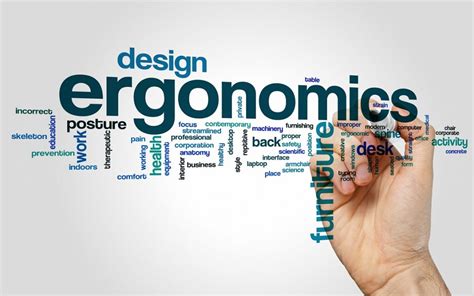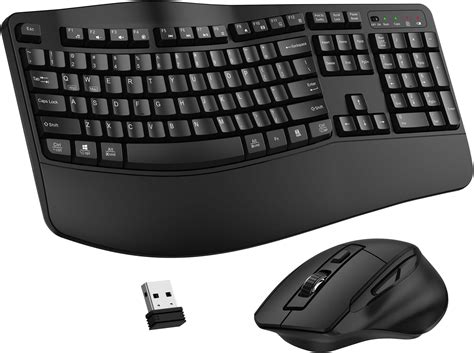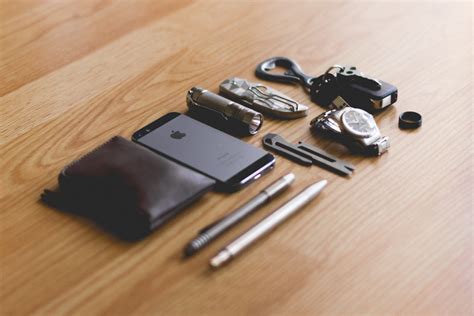Best ergonomic gear to boost focus and prevent fatigue for peak output?

Transform Your Workspace: The Power of Ergonomic Gear
In today’s demanding work environment, maintaining focus and preventing burnout are crucial for sustained productivity and peak output. While mental discipline plays a significant role, your physical workspace can either be your greatest ally or your biggest impediment. Ergonomic gear is designed to optimize your interaction with your work tools, reducing strain, promoting better posture, and ultimately freeing up cognitive resources that might otherwise be spent battling discomfort. Investing in the right equipment isn’t just about luxury; it’s a strategic move towards a healthier, more productive self.

The Foundation: Ergonomic Seating and Desking
1. High-Quality Ergonomic Chair
Your chair is arguably the most critical piece of ergonomic equipment. A good ergonomic chair provides lumbar support, adjustable armrests, seat depth, and tilt mechanisms, allowing you to maintain a natural S-curve in your spine. This prevents slouching, reduces pressure on your lower back, and improves circulation, all of which are vital for long periods of sitting without discomfort.
2. Standing Desk or Desk Converter
Prolonged sitting has been linked to numerous health issues. A standing desk (or a converter for your existing desk) allows you to seamlessly alternate between sitting and standing throughout the day. This simple change can dramatically improve circulation, reduce back pain, and even boost energy levels and alertness. The ability to shift positions can break the monotony and re-engage your focus.

Optimizing Your Visual and Input Experience
3. Monitor Arms and Risers
Positioning your monitor correctly is key to preventing neck and eye strain. A monitor arm or riser elevates your screen to eye level, ensuring that the top of your monitor is aligned with your eyes when you’re sitting or standing. This prevents you from craning your neck forward or down, which can lead to tension headaches and cervical spine issues. Dual monitor arms can further optimize screen real estate without compromising posture.

4. Ergonomic Keyboard and Mouse
Repetitive strain injuries (RSIs) are common complaints for heavy computer users. An ergonomic keyboard is designed to keep your wrists in a natural, neutral position, often featuring a split layout or a slight tenting. Similarly, an ergonomic mouse (like a vertical mouse or trackball) reduces pronation of the wrist and forearm, minimizing strain on tendons and nerves. These tools significantly reduce the risk of carpal tunnel syndrome and other RSIs, allowing for more comfortable and sustained typing and clicking.

Beyond the Core: Enhancements for Peak Performance
5. Anti-Fatigue Mat
If you use a standing desk, an anti-fatigue mat is a game-changer. These cushioned mats encourage subtle movements and shift pressure points, making standing for longer periods much more comfortable. They reduce stress on your feet, legs, and lower back, further extending your productive standing time.
6. Task Lighting
Proper lighting can prevent eye strain and maintain alertness. A good task lamp provides adjustable, glare-free illumination directly on your workspace, reducing the contrast between your screen and surroundings. This minimizes eye fatigue, especially during long hours or in dimly lit environments.
7. Noise-Canceling Headphones
For many, external distractions are the arch-nemesis of focus. High-quality noise-canceling headphones can create a personal oasis of quiet, allowing you to dive deep into tasks without being interrupted by office chatter, street noise, or household sounds. Some even offer excellent comfort for all-day wear.

Conclusion
Investing in ergonomic gear is an investment in your long-term health, productivity, and overall well-being. By proactively addressing potential sources of physical discomfort and distraction, you free up your mind to concentrate fully on your work, leading to higher quality output and reduced fatigue. Start with the basics like a good chair and monitor positioning, and gradually build out your ideal ergonomic setup. Your body and your brain will thank you for it.








